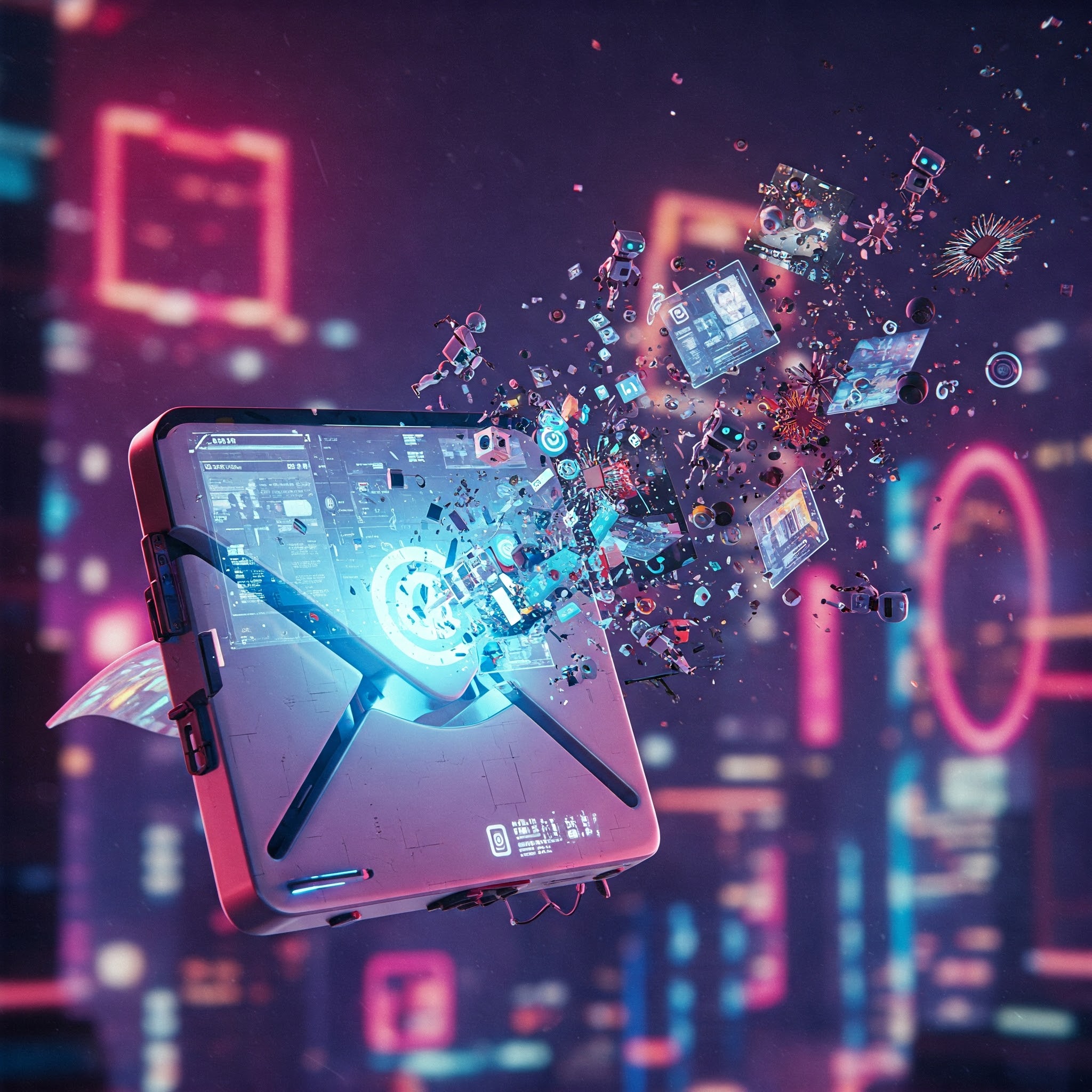Ghibli AI: Soulless Imitation or Digital Homage?
The internet’s latest obsession? Turning everything into a Ghibli-esque masterpiece. Suddenly, your cat, your car, even your questionable avocado toast can be ‘Ghiblified’ thanks to readily available AI tools. But is this a heartwarming tribute to a legendary studio, or just another example of tech’s insatiable appetite for artistic appropriation?
Ghibli-mania: A Quick Explainer
It all started with Grant Slatton, a tech enthusiast who used OpenAI’s ChatGPT to transform a family photo into a Ghibli-inspired scene. OpenAI, sensing an opportunity, released the feature to the masses, and the internet predictably exploded. Now, your social media feed is probably drowning in images of pets and people sporting that signature Ghibli aesthetic. The problem? Many participating probably couldn’t name more than one Ghibli film (if that).
The Ghibli Difference: More Than Just Cartoons
Ghibli isn’t just a ‘cartoon style’; it’s a legacy. Founded in 1985 by Hayao Miyazaki, Isao Takahata, and Toshio Suzuki, Studio Ghibli has gifted the world with animated masterpieces known for their emotional depth, intricate storytelling, and – crucially – hand-drawn animation. We’re talking painstaking dedication, folks. Films like Spirited Away, Princess Mononoke, and My Neighbor Totoro aren’t just visually stunning; they’re emotionally resonant explorations of humanity.
The Hand-Drawn Heart vs. the Algorithmic Imposter
Here’s where things get prickly. Ghibli’s magic lies in the imperfections, the subtle human touches evident in every frame. AI art, on the other hand, is a calculated blend of existing data, a machine’s interpretation of artistic styles. It lacks the genuine emotion and creative intent that fuel true artistry.
Consider this: Animator Eiji Yamamori spent over a year meticulously hand-drawing a four-second scene for The Wind Rises. This wasn’t just about replicating a style; it was about conveying a multitude of human reactions within a single, fleeting moment. That’s dedication you can’t algorithmically replicate. Now, a tool can mimic the style in mere seconds.
Miyazaki’s Disgust: A Word from the Master
Hayao Miyazaki himself isn’t exactly thrilled with the rise of AI art. In a documentary clip, he expressed utter disgust at an AI animation demo, stating he would “never wish to incorporate this technology into my work at all.” He went further, calling it “an insult to life itself.” Strong words, indeed.
While AI art already faces criticism for copyright issues (essentially borrowing from artists across the globe), the Ghibli AI trend sparks a different kind of unease. Ghibli’s creations are deeply personal, infused with the artists’ soul. An AI imitation feels…well, a bit soulless.
Trending or Transgressing?
From politicians to tech moguls, everyone jumped on the Ghibli AI bandwagon. Even the Israeli military got in on the act, creating Ghibli-style images of its soldiers (a move that understandably drew criticism, given Miyazaki’s anti-war stance).
However, some have chosen to abstain, viewing the trend as a disrespectful appropriation of human artistry. As one Ghibli fan put it, “It’s not just about Miyazaki getting disrespected here, but it’s the disrespect of art in general…Real art survives, and it will live through this as well. Nothing can replace the real human emotions that go behind creating masterpieces.”
Another fan noted that the trend is especially absurd because those who don’t even recognise the true origins of Ghibli are promoting it. “The trend should be about the movies, the years of hard work Miyazaki poured into them, not some AI-generated filter made in seconds,” she added.
Of course, some fans are more ambivalent, acknowledging the skill and time invested in real art but accepting AI’s inevitable role in the creative landscape. And let’s be honest, AI art is gaining traction, even appearing in galleries (sometimes without any human intervention whatsoever).
The Verdict?
Studio Ghibli’s masterpieces continue to captivate. And while the Ghibli AI trend may be a passing fad, it raises a fundamental question: Can technology ever truly replicate the heart and soul of human creativity? The answer, for now, seems to be a resounding ‘no’. But don’t tell the algorithms that. They’re probably busy generating something as we speak.

